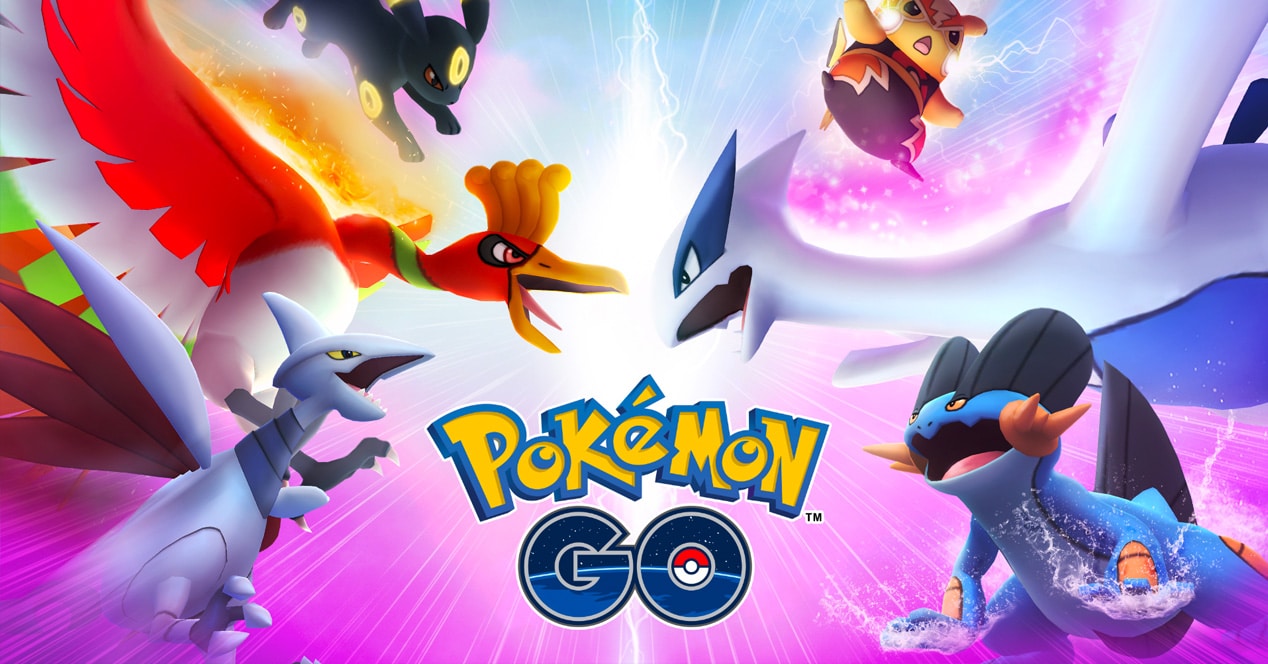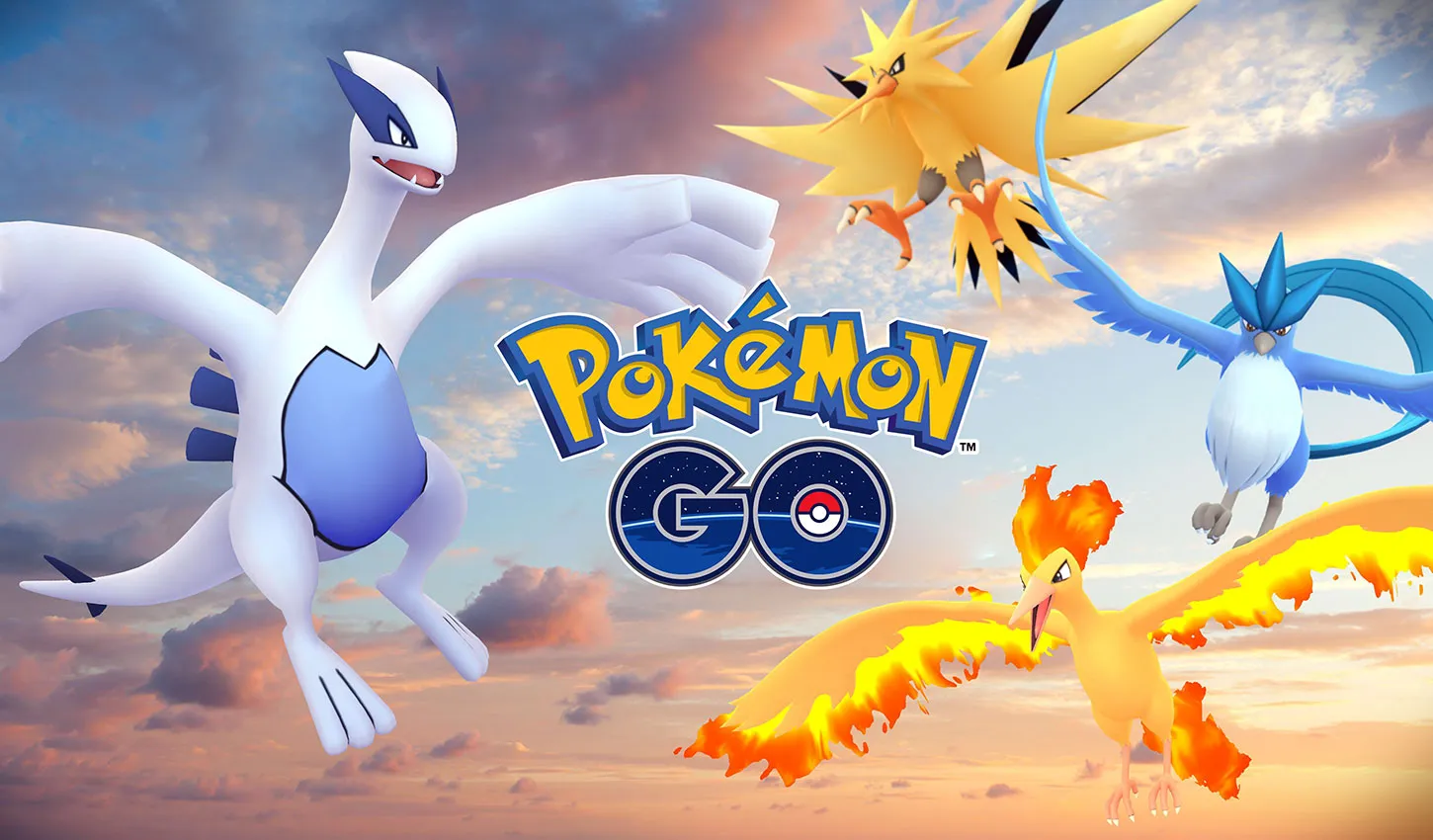The popular mobile game Pokémon GO has fascinated millions worldwide since its release in 2016, encouraging players to get outside, explore local parks, and engage in augmented reality experiences. However, a potential change in Milwaukee’s park regulations could soon change the way local players interact with the game. City officials are considering a ban on Pokémon GO in certain parks, creating concerns for fans and raising questions about balancing digital entertainment with park management and public safety.
This move is generating significant attention, especially as Pokémon GO has remained a major player in the mobile gaming world for nearly a decade. The discussion is not only about the game itself but also the broader implications for public spaces and how digital interactions should be managed. Should cities restrict augmented reality experiences in public areas, or should they find ways to adapt to new forms of entertainment? The outcome of this debate in Milwaukee could set a precedent for other cities grappling with similar issues.
Why Milwaukee Is Considering a Ban on Pokémon GO in Parks
Milwaukee’s park system has long been a gathering point for residents looking to enjoy nature, engage in outdoor activities, and participate in community events. However, the rise of augmented reality games like Pokémon GO has changed the dynamics of how people use these spaces. Pokémon GO encourages players to visit specific real-world locations, known as PokéStops or Gyms, to catch virtual Pokémon and participate in in-game events.

In some cases, these game elements are located in or around Milwaukee’s parks, leading to crowded spaces and sometimes disruptive behavior. With increased foot traffic, some residents and park-goers have expressed concerns about the safety and tranquility of the parks. Furthermore, there have been instances of players ignoring park regulations, such as hours of operation, or engaging in behaviors that disturb others, like excessive noise or playing late into the night.
Local park officials are beginning to question whether the game’s presence is beneficial for the public space. Some are concerned that the influx of players could lead to overcrowding or pose safety hazards. These concerns have prompted discussions about potentially banning Pokémon GO in select parks where its impact has been felt the most.
The Controversy Behind the Potential Ban
The proposed ban has sparked a heated debate among Milwaukee residents and Pokémon GO fans. Many players see the game as a valuable way to engage with their community, get exercise, and explore local parks in a new and exciting way. For them, the Pokémon GO experience adds a layer of fun to everyday outdoor activities.
However, there are also those who believe that the game causes more harm than good. Critics argue that it can contribute to overcrowding, particularly in small or popular parks, and that it may deter people from enjoying parks in more traditional ways. Moreover, there have been concerns over the safety of players who may be distracted while playing and fail to observe their surroundings.
The controversy also highlights a growing tension between technology and the preservation of public spaces. With more cities embracing smart technology and augmented reality, there are questions about how such innovations should be integrated into public infrastructure without negatively impacting the community.
Impact on Pokémon GO Players and Communities
For Pokémon GO players, a potential ban in Milwaukee’s parks represents a loss of a valuable resource. Many players have formed strong social bonds through the game, meeting new friends and engaging in collaborative activities, such as group raids and community events. The game has also provided an opportunity for individuals to get outside, get active, and even explore parts of the city they might not have otherwise visited.

The parks in Milwaukee have been a significant part of this experience. They provide physical spaces where players can gather to enjoy the game, engage in social interactions, and even catch rare Pokémon that can only be found in specific locations. For some, the parks have become a hub for the Pokémon GO community, making the proposed ban particularly disheartening.
Should the ban be enacted, these social connections might be disrupted, and players may have to search for alternative venues to engage with the game. It could also potentially reduce the physical activity that players get from walking around the parks, making the game less enjoyable for those who rely on outdoor exploration as part of their experience.
Challenges for Park Officials and Authorities
From a regulatory standpoint, managing Pokémon GO in parks is a tricky situation for Milwaukee authorities. Public parks are designed to be accessible to everyone, but the nature of Pokémon GO means that large groups of people can congregate at specific locations, potentially creating issues with overcrowding. This can be especially problematic in parks that are already popular destinations or have limited space.
In addition, the game’s dynamic nature means that these issues are not static. Players’ movements can change quickly, and events can suddenly draw large crowds to areas that are not well-equipped to handle them. With no clear regulation on where and when Pokémon GO can be played, park officials are left with the difficult task of balancing public enjoyment with public safety.
In response to these concerns, some officials have proposed a ban as the most effective solution to minimize the disruption. Others suggest that adjustments, such as limiting in-game events to specific areas or times, might be a better way to handle the situation without restricting access to the game entirely.

Possible Solutions and Compromises
While a complete ban may seem like the easiest solution for park officials, there are alternative approaches that could balance the needs of both Pokémon GO players and the broader public. One potential compromise could involve limiting in-game events to certain areas of the park, ensuring that the more peaceful parts of the park remain undisturbed.
Another option could be to create designated Pokémon GO zones within parks, where players can congregate without impacting other park-goers. This would allow the game to continue without disrupting other activities, such as picnicking, sports, or simply enjoying the park’s natural beauty.
Park officials could also consider regulating the game by setting specific hours for in-game events. By restricting certain activities to daylight hours or specific times of the day, they can prevent disturbances at night while still allowing players to enjoy the game during more appropriate hours.
Conclusion: The Future of Pokémon GO in Milwaukee Parks
The potential ban of Pokémon GO in Milwaukee’s parks is a reflection of a larger trend in cities around the world grappling with the intersection of public spaces and digital entertainment. As the game continues to evolve and grow, it’s clear that cities will need to find ways to manage augmented reality experiences while still preserving the integrity of public parks.
Ultimately, finding a solution that respects both the enjoyment of Pokémon GO players and the needs of park-goers will be crucial for Milwaukee. The discussion is ongoing, and the outcome could have a lasting impact on how public spaces are utilized by digital technologies in the future.
[Updated: 04/20/2025]




